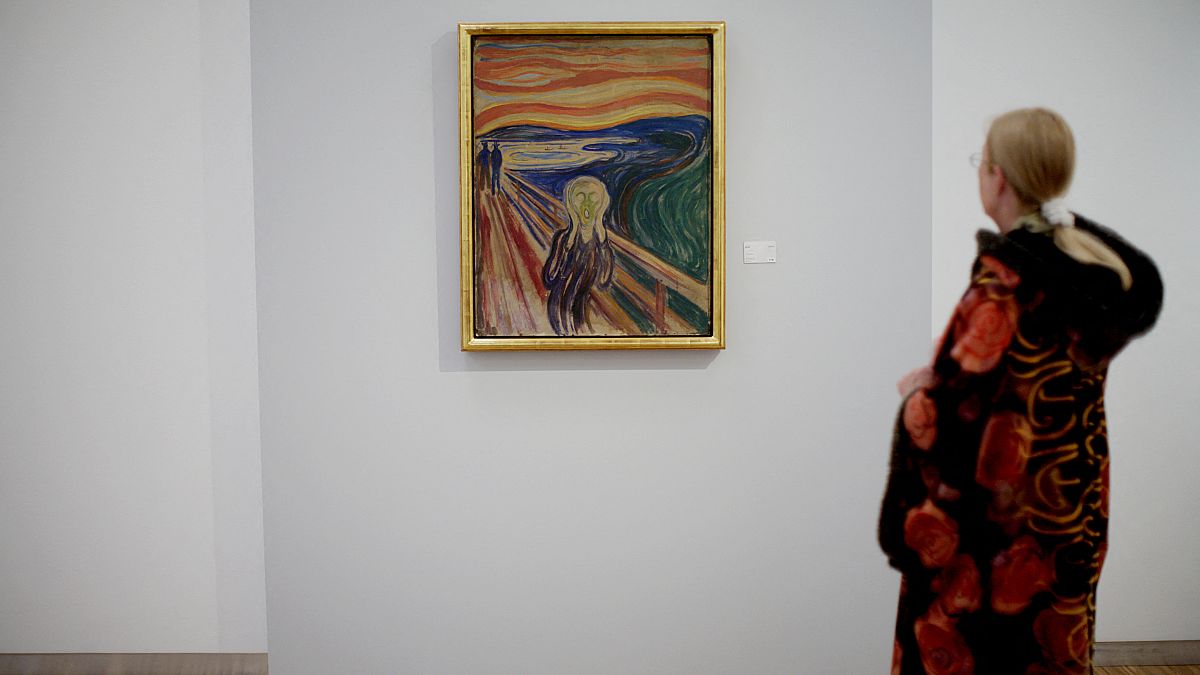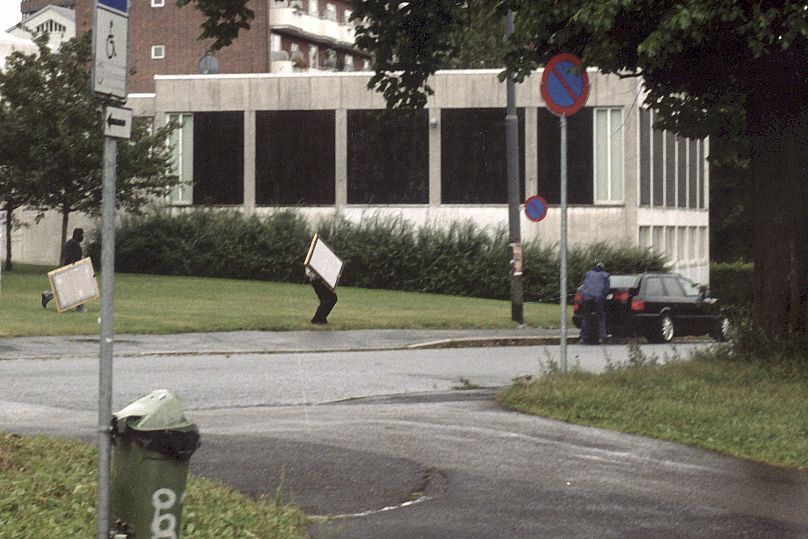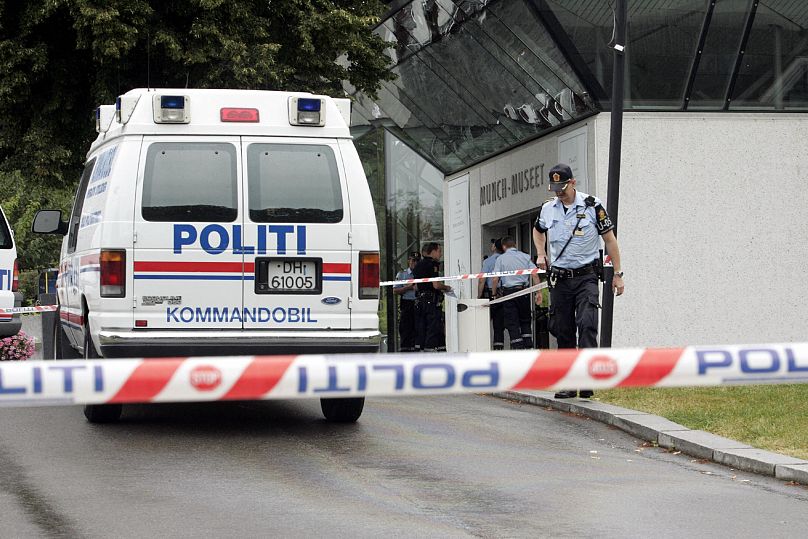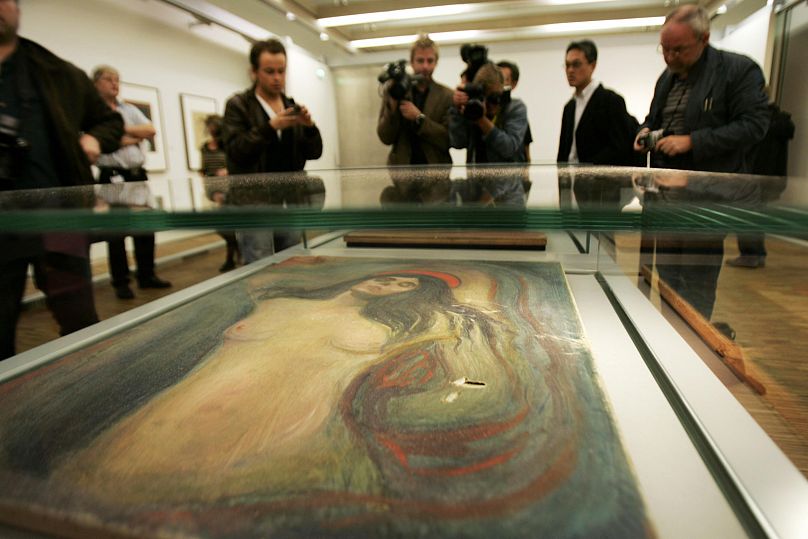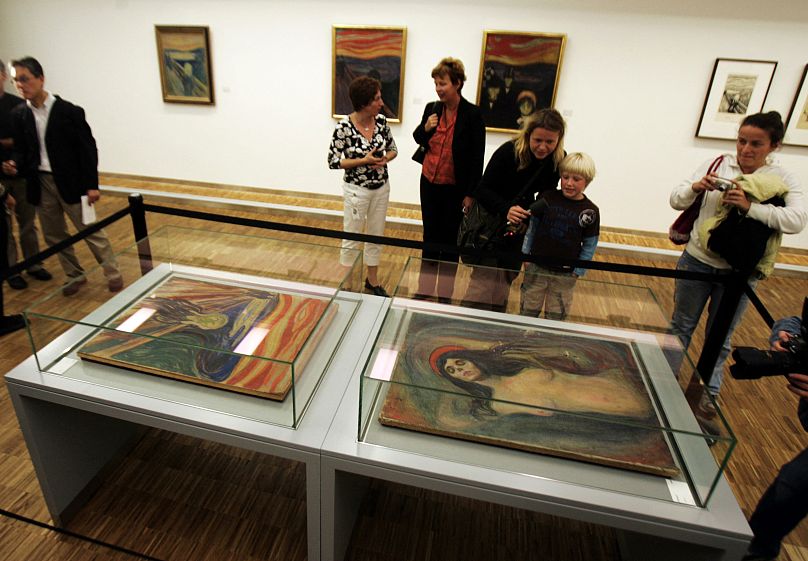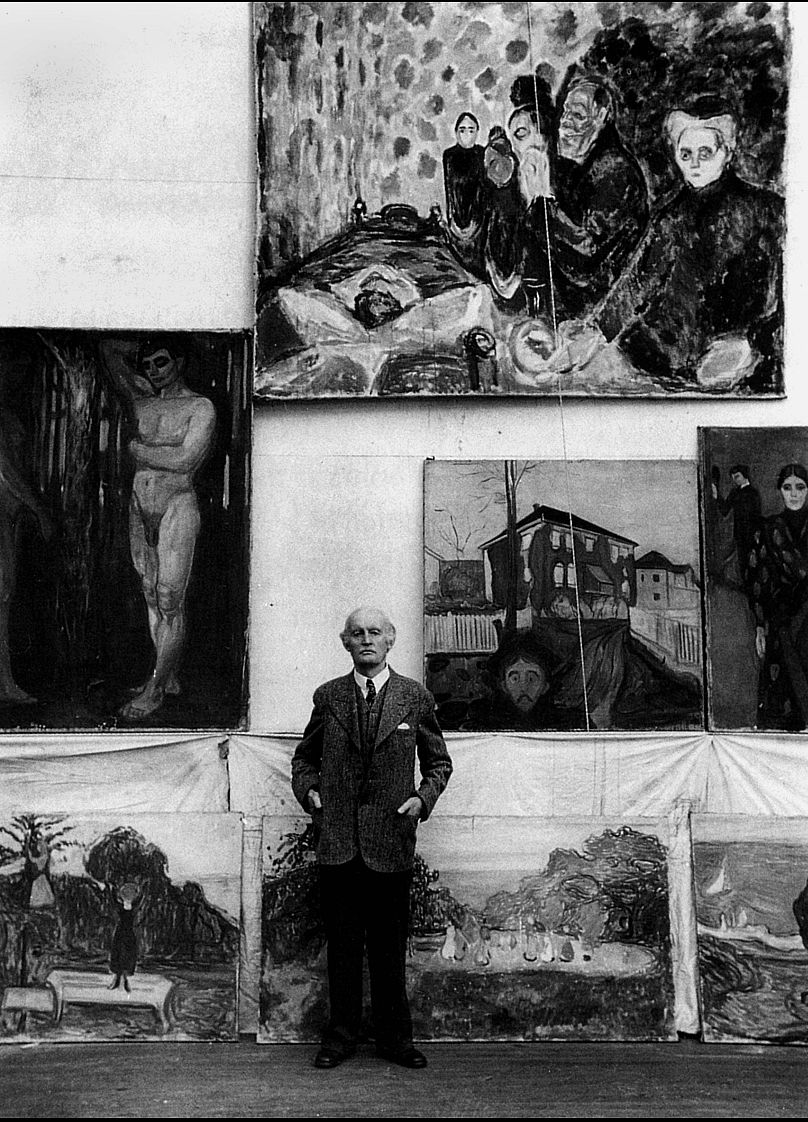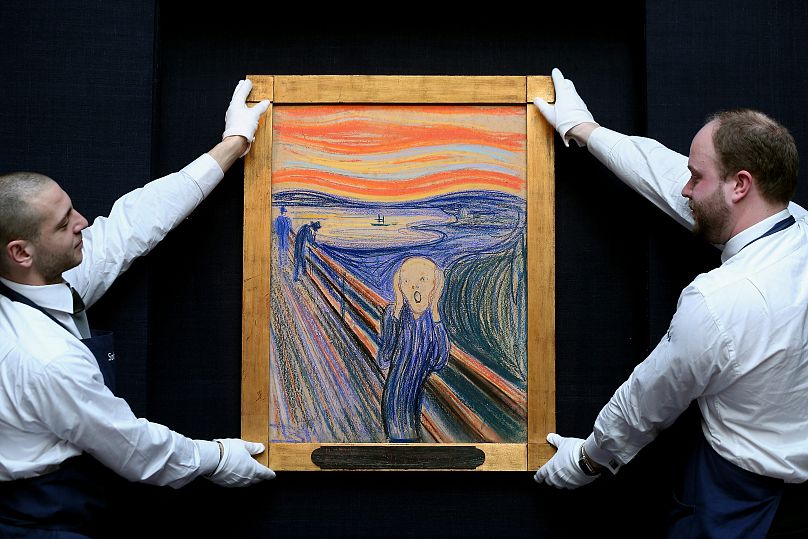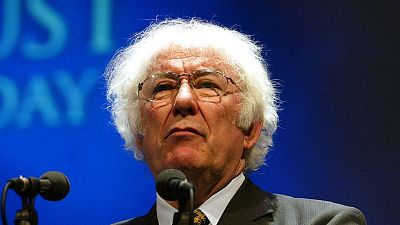On this day 19 years ago, one of the most iconic paintings of all time was stolen in broad daylight from an Oslo museum.
The theft of Edvard Munch’s ‘The Scream’, along with his ‘Madonna’, was possibly one of the least subtle crimes in history, with masked gunmen entering the Munch Museum in daytime.
You might think it would be close to impossible to steal work from such a famous artist from a museum dedicated to his honour, but the two masked men proved otherwise.
On 22 August 2004, the pair risked instant arrest in the museum and outside, despite photographic evidence of their crime.
Even at a time when mobile phone cameras were rudimentary, a bystander managed to get a snapshot of the thieves fleeing the museum.
At 11:20 local time, the pair entered the space, armed with a .357 Magnum pistol.
Startled visitors recall seeing them simply amble up to ‘The Scream’, pull it off the wall, then grab the ‘Madonna’ during their swift exit.
Witnesses said no alarms went off when the paintings were stolen. French radio producer François Castang said at the time that the paintings were only attached to the wall by wire.
“All you had to do is [sic] pull on the painting hard for the cord to break loose, which is what I saw one of the thieves doing”, he explained.
Law enforcement were baffled and failed to make an arrest until eight months later, on 8 April 2005.
At that time, they hadn’t yet recovered the paintings and there were fears that they had been burned by the suspects to hide evidence of the crime.
That same year, six men in total were arrested and charged, but the paintings remained nowhere to be found.
Stepping up the investigation
In June 2005, Oslo offered an award of 2 million Norwegian krone (around €173.5m in today’s money) for information leading to the recovery of the artworks.
The hunt became even more surreal when the confectionary company Mars added to the offer, attempting to sweeten the deal by giving 2 million M&Ms in exchange for the return.
Despite the promise of a lifelong sugar rush, no one came forward.
Although authorities were losing hope over the possibility of ever recovering the paintings, a trial went ahead in 2006.
Three of the men involved were convicted, and sentenced to between four and eight years in prison in May that year.
Two of the men found guilty, Bjørn Hoen and Petter Tharaldsen, were also ordered to pay 750 million kroner (about €86.7m) to the city of Oslo in compensation.
The astronomical figure was equal to the estimated value of the paintings, but was seen as a symbolic sentence.
Finally recovered
While the Munch Museum had remained closed for ten months for a much needed security overhaul in June 2005, the artworks were not tracked down until 31 August 2006.
While the police have, to this day, not released details as to how and where the pieces were found, the paintings were found to be safe.
Authorities said no further arrests had been made, that no rewards had been paid and, most importantly, the paintings were verified originals and only suffered minor damage.
The director of the Munch Museum, Ingebjørg Ydstie, confirmed the condition of the paintings, but ‘The Scream’ suffered moisture damage on the lower left corner, while Madonna had several tears and holes on the canvas.
Before the restoration was taken on, the two recovered artworks went on display in their damaged form at the museum.
Over 5 days, some 5,500 people viewed the paintings.
In May 2008, the two works went back on display at the museum, with the exhibition ‘Scream and Madonna - Revisited’.
The same year, oil and gas company Idemitsu Petroleum Norge AS endowed 4 million Norwegian krone (approximately €347,000) towards the conservation of the two pieces.
Interestingly, ‘The Scream’ which was stolen in 2004 is not the only version of the iconic painting.
In fact, Munch created four versions - two in paint and two in pastels.
The first painted version was debuted in 1893 and features an inscription by Munch, reading "Kan kun være malet af en gal Mand!" (or "could only have been painted by a madman").
In February 1994, two men broke into the National Gallery, Oslo, which housed that painting, taking the artwork and leaving a note reading “thanks for the poor security".
Although the gallery refused to pay a ransom demand, the painting was recovered undamaged on 7 May 1994.
A further pastel version was sold for $119,922,600 (about €110m) at a Sotheby's auction in 2012, making it one of the most expensive pieces of art ever sold.
That vast figure could be down in part to the thefts of versions of ‘The Scream’, thanks to the increased public interest in the work. That’s been a trend in the art world for decades, including when ‘Mona Lisa’ was stolen in 1911, an incident which gained Da Vinci’s creation worldwide fame.
